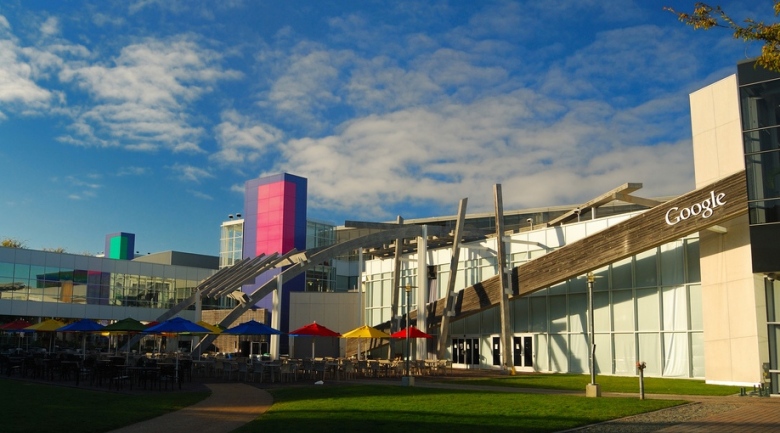
The firm said on Thursday evening that it was winding down Loon, a nine-year-old project and a two-and-a-half-year-old spin off firm, after failing to find a sustainable business model and partners for one of its most prominent moonshot projects.
The demise of Loon, which assumed spotlight after the project helped restore cell services knocked out by a hurricane in Puerto Rico, comes a year after the Android-maker ended Google Station, its other major connectivity effort to bring internet to the next billion users. This goes to show that radical innovation efforts dont always go as planned, althought the lessons learned from these projects live on in other efforts.
Through Station, Google provided internet connectivity at over 400 railway stations in India and sought to replicate the model in other public places in more nations.
Just last year, Loon had secured approval from the government of Kenya to launch first balloons to provide commercial connectivity services – something it did successfully achieve months later, giving an impression that things were moving in the right direction.
On its website, Loon has long stated its mission as: “Loon is focused on bringing connectivity to unserved and underserved communities around the world. We are in discussions with telecommunications companies and governments worldwide to provide a solution to help extend internet connectivity to these underserved areas.”
“We talk a lot about connecting the next billion users, but the reality is Loon has been chasing the hardest problem of all in connectivity – the last billion users,” wrote Alastair Westgarth, chief executive of Loon, in a blog post.
The blog post characterised Loon’s connectivity effort as success.
“The Loon team is proud to have catalyzed an ecosystem of organizations working on providing connectivity from the stratosphere. The world needs a layered approach to connectivity – terrestrial, stratospheric, and space-based – because each layer is suited to different parts of the problem. In this area, Loon has made a number of important technical contributions,” wrote Westgarth.
“Some of Loon’s technology – like the high bandwidth optical communication links that were first used to beam a connection between balloons bopping in the stratosphere – already lives on in Project Taara. This team is currently working with partners in Sub-Saharan Africa to bring affordable, high-speed internet to unconnected and under-connected communities starting in Kenya,” the firm said.
Scores of firms including Google and Facebook have visibly scaled down several of their connectivity efforts in recent years after many developing nations such as India that they targeted solved their internet problems on their own.
